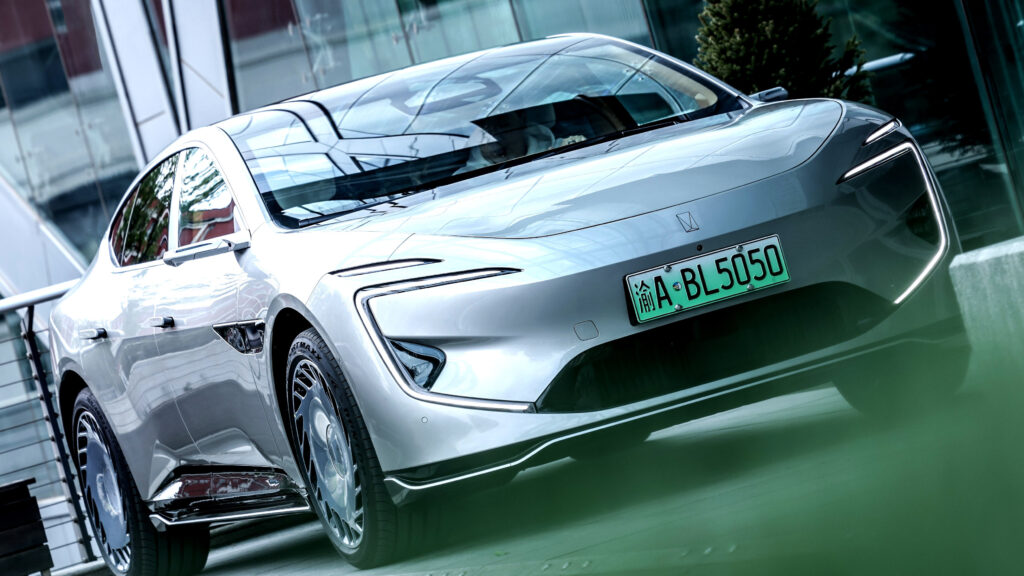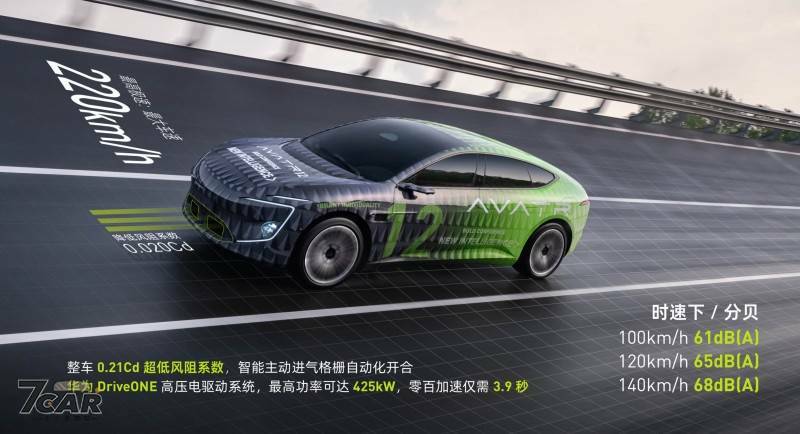Intrigue in the World of Aerodynamics

In the fast-paced world of electric vehicles, discussions often center around range and power. However, the drag coefficient (Cd) is a crucial element that often flies under the radar. In simple terms, a lower Cd means less air resistance, which can boost an EV’s range and allow for smaller batteries. This is why manufacturers across the globe, including names like Volvo, Lightyear, and Audi, boast about their low drag coefficients. Yet, sometimes, it seems things might not be as they appear.
Drag Drama with Avatr

Recently, Avatr, a Chinese automaker, made waves by claiming their sedan, the Avatr 12, had an impressive drag coefficient of 0.208. However, Zurich Bei Le Ye, a renowned Chinese auto blogger with over a million followers, wasn’t entirely convinced. Owning one of these sleek sedans himself, he put the claim to the test by taking it to a wind tunnel for verification.
Test Results
The results were surprising. Instead of confirming Avatr’s numbers, the tests revealed a Cd of 0.281, which aligns closer to the numbers of a Volvo EX90 SUV. Tests took place at the reputable Tianjin China Automotive Technology and Research Centre, with professionals ensuring the credibility of the procedure.
Raising Eyebrows
The discrepancy has stirred quite a controversy. Avatr has defended their numbers, even claiming the blogger’s video of the wind tunnel test was misleading. They’re so confident in their figures that they’ve set a hefty bounty of 5 million yuan (about $695,000) for information on what they call a “black PR” effort against them.
Impact on the Industry
This whole episode has cast doubt upon other automakers, particularly in China, who make impressive low-drag claims. Companies like Xpeng, which claim to have one of the world’s most aerodynamic vehicles, could also face increased scrutiny. Outlandish marketing claims can sometimes hurt reputations, especially as China’s auto industry seeks more international recognition and trust. Yet, as always in the car world, time and testing will tell what’s really true.
For anyone following the rise of electric vehicles, this saga serves as a reminder that while technology rockets forward, it pays to look under the hood of these marketing messages. Understanding the science and testing behind automotive claims can often reveal the truth, and provide consumers with a clearer view of what they’re actually getting.
Genesis GV70 Shines
Sentra SE-R Classic
Mustang's Gravel Slide
Slammed Crown Signia
Tonale Adds Italian Flair